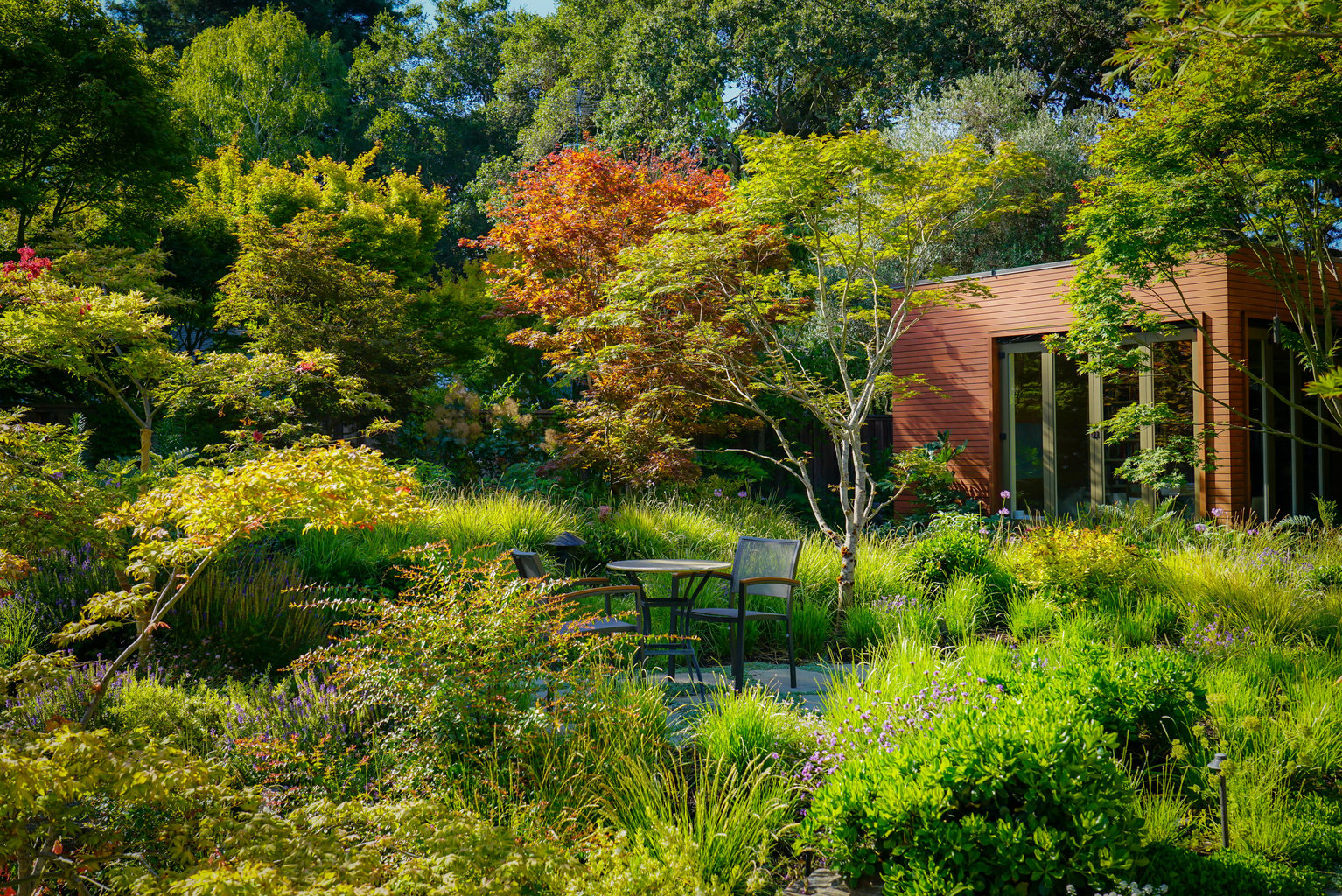

Contributor
- Topics: Archive, Plants You Need
Hebe ‘Violacea’
The majority of species in this genus, about 100 including undescribed species, are endemic to New Zealand, with a few others found in Australia and South America. The genus includes plants of shrubby and sprawling growth as well as small trees and has natural habitats ranging from coastal to alpine.
Yvonne Cave and Valda Paddison, The Gardener's Encyclopaedia of New Zealand Native Plants
For plant enthusiasts in the Pacific Northwest, fall has never represented the end of the gardening season but rather a time of transition following the flush of growth and riot of color that is summer. Fall is the quiet season, and foliage takes center stage, especially the change of color in deciduous leaves. Less often considered are fall-blooming plants, those that are in their peak in October and November, and perhaps even into December. Asters, roses, and other flowers of late summer are nearly finished, and it is too early for hellebores, wintersweet (Chimonanthus), sweetbox (Sarcococca), and the many other plants that flower in winter. The list of plants in full bloom in fall is fairly short. Grass...
READ THE WHOLE STORY
Join now to access new headline articles, archives back to 1977, and so much more.
Enjoy this article for FREE:
Articles: Calochortophilia: A Californian’s Love Affair with a Genus by Katherine Renz
If you are already a member, please log in using the form below.
Share:
Social Media
Garden Futurist Podcast
Most Popular
Videos
Topics
Related Posts

Low Maintenance Gardens – Better for Pollinators and People
Autumn 2022 “I come out every day. It’s therapy, my meditation.” Janet’s young garden transformed from overgrown, invasive plants to mostly natives. The dailiness of

Invasive Plants Are Still Being Sold: Preventing Noxious Weeds in Your Landscape
Autumn 2022 With so many beautiful ornamental plant species and cultivars throughout California and the Pacific Northwest, how do you decide which ones to include

Garden Design in Steppe with Transforming Landscapes with Garden Futurist Emmanuel Didier
Summer 2022 Listen to full Garden Futurist: Episode XVII podcast here. Emmanuel Didier, Principal and Creative Director at Didier Design Studio is a leading figure

Seslerias: Versatile Groundcover Meadow Grasses
Summer 2022 Without question, the most beautiful and versatile of all the groundcover meadow grasses are the moor grasses (Sesleria). Moor grasses tick off all










